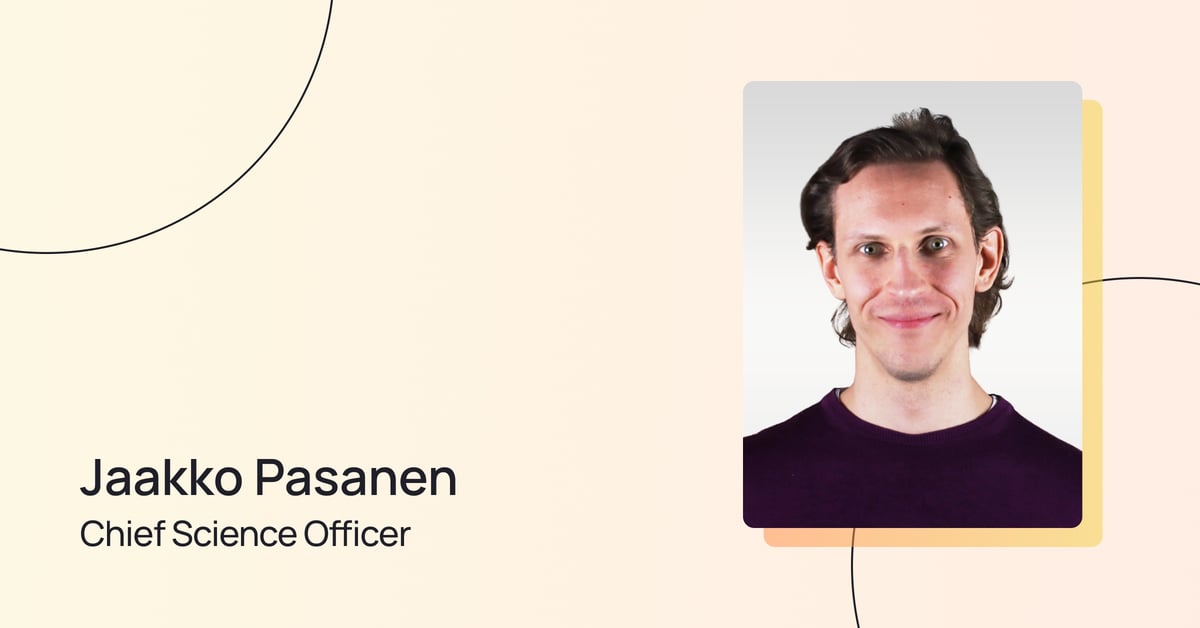Can you briefly describe your role and mission at Ultimate?
As the Chief Science Officer, I have to make sure our AI development supports business growth and aligns with our vision. I see myself as the bridge between our business demands and the deep tech. At Ultimate, we are not building AI for the fun of it, but to deliver substantial business value for our customers. It’s very important to have executive level control over how and where we invest our resources to be able to create a product as impactful as possible.
"Our AI has been tested by our clients against other offerings and every time it has been victorious."
Ultimate just received funding from the EU project Horizon 2020, which aims to support deep tech companies in Europe. How does Ultimate’s deep learning solution stand out?
The first unique factor of our AI is that it is multilingual. This is super important for large enterprises that operate in multiple languages. Having different vendors with different tools and workflows would make managing multilingual conversational AI simply too complicated.
The second strength is the scalability in terms of setup and context. Setting up a solution for a new client is a breeze and we can deploy solutions across industries without any extra effort. This also covers the maintenance after launch. We have developed intuitive tools for managing the content and making sure the AI solution stays up to date in the long run.
The third point would be the superior performance of our neural networks. Our AI has been tested by our clients against other offerings and every time it has been victorious.
What are the top three AI challenges of your company at the moment?
We’ve researched various unsupervised learning techniques to speed up the onboarding process even further with variable levels of success. Creating structure from unstructured data without human intervention, in a way that non-technical people would be comfortable with, remains challenging.
Another challenge we’ve faced recently is the technical scalability of our AI architecture. AI techniques and especially neural networks can be computationally intensive which makes scaling them more difficult than more traditional software components. This, combined with increased load from several large enterprise clients we’ve acquired recently, has put pressure on our AI and DevOps teams.
The last challenge is one that every AI company working with cutting-edge technologies face: it’s hard to predict how promising advancements in the field translate to our use-case. Now and then there’s the "new best thing" — which turns out to not fit our solution at all, and this requires applied research efforts which can be draining on the resources of a moderately sized team.
"Funding will allow us to commit to new disruptive tools."
Jaakko Pasanen, Chief Scientific Officer at Ultimate
Read more on AI
How will the funding influence the scientific priorities of Ultimate?
Horizon 2020 and private funding will help us invest more in long term and experimental AI technologies - which would be more challenging without it. With this, we can explore new possibilities and develop tech which widens the technological gap between us and the competition even further. A rapidly growing startup needs to be very mindful of the scalability of its tech. It is harder to commit to new disruptive tools when the majority of resources are tied to supporting existing infrastructure. Funding will change this, allowing us to keep pushing both sides forward rapidly at the same time.
What advice would you tell yourself if you could travel back in time 5 years ago (the year Ultimate was founded)?
We could have cut a lot of corners if we would have known then what we have learned along the way. But it’s no use to bemoan that. I suppose we could have kept tighter focus. Then again, you can’t know what you should focus on until you’ve tried and found what works.
Which AI research source do you read/like the most?
The Cornell University archive arXiv is the de-facto hub for all machine learning and computer science-related research papers. That’s where it’s fresh.
